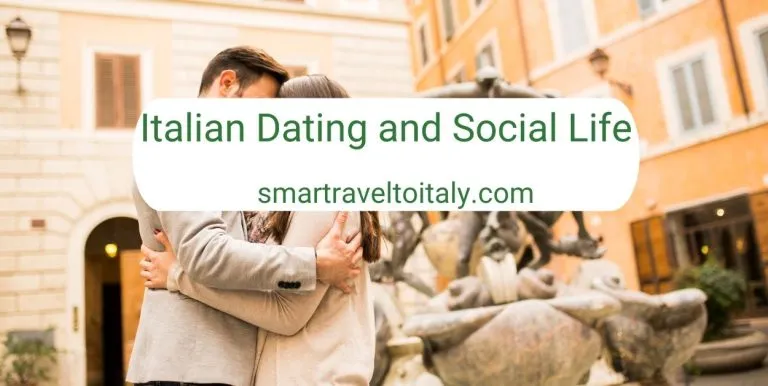Cost of Living in Italy: A Comprehensive Guide
From enchanting landscapes to mouthwatering cuisine, Italy offers an unparalleled lifestyle that many dream of experiencing. But what about the cost of living? Is la dolce vita affordable? In this guide, we’ll break down the cost of living in Italy, covering everything from housing to transportation and food.
1. Housing
The cost of housing in Italy can vary greatly depending on the region and type of accommodation. Generally, prices are lower in the south and higher in the north, with major cities like Rome and Milan being the most expensive.
- Renting: A one-bedroom apartment in the city center can range from €500 to €1,500 per month. You might find a similar place in smaller towns for as low as €300 per month.
- Buying: Property prices can range from €1,000 to €5,000 per square meter in major cities, while in rural areas, it might be between €500 and €1,500 per square meter.
2. Utilities
Basic utilities like electricity, water, and gas are relatively affordable in Italy. On average, expect to pay around €150 monthly for a one-bedroom apartment. This can vary based on usage and region.
- Internet: High-speed internet usually costs between €20 and €40 per month.
- Mobile phone: A standard mobile plan with unlimited calls, texts, and a data allowance can range from €10 to €30 per month.
Food and Groceries
Italian cuisine is renowned worldwide, and you’ll find that the cost of groceries is quite reasonable. On average, a person can spend between €200 and €300 per month on groceries.
- Eating out: A meal in an inexpensive restaurant will usually cost between €10 and €20, while a three-course meal for two at a mid-range restaurant can range from €40 to €70.
4. Transportation
Italy boasts an extensive public transportation network, including buses, trams, and trains. Prices are generally affordable, and discounts are available for students, seniors, and frequent travelers.
- Public transportation: A single ticket for local transport costs around €1.50, while a monthly pass can be between €30 and €50.
- Taxis: Taxis start at €3 to €6 and charge €1 to €2 per kilometer.
- Car: Owning a car can be expensive, with gasoline prices around €1.60 per liter and insurance costs between €400 and €1,000 per year.
5. Entertainment
There are plenty of entertainment options in Italy, catering to all budgets.
- Cinema: A movie ticket will generally cost between €8 and €12.
- Theater: Theater tickets can range from €15 to €60, depending on the production and seat location.
- Museums: Entry fees for museums vary from €5 to €15, but many offer free entry on specific days or for certain groups, such as students or seniors.
6. Healthcare
Italy has a public healthcare system, which provides free or low-cost care for residents. Private healthcare is also available, with prices varying based on the service and provider.
- Health insurance: Private health insurance can cost between €50 and €150 per month.
7. Education
Education in Italy is mostly free for both residents and EU citizens. However, private and international schools are available for those who prefer an alternative option.
- Public schools: Education at public schools is free, but there may be additional costs for textbooks, uniforms, and extracurricular activities, ranging from €100 to €500 per year.
- Private schools: Private schools can cost anywhere from €5,000 to €20,000 per year, depending on the institution.
- International schools: International schools, which often follow the home country’s curriculum, can cost between €10,000 and €30,000 per year.
- Public schools: Education at public schools is free, but there may be additional costs for textbooks, uniforms, and extracurricular activities, which can range from €100 to €500 per year.
- Private schools: Private schools can cost anywhere from €5,000 to €20,000 per year, depending on the institution.
- International schools: International schools, which often follow the home country’s curriculum, can cost between €10,000 and €30,000 per year.
8. Miscellaneous Expenses
Lastly, let’s consider some miscellaneous expenses you might encounter while living in Italy.
- Clothing: The cost of clothing in Italy can vary depending on the brand and location, but expect to pay around €50 for a pair of jeans and €30 for a summer dress at a mid-range store.
- Gym membership: Gym memberships typically range from €30 to €60 per month.
- Childcare: The cost of childcare in Italy depends on the type of facility and location. A full-time daycare can cost between €300 and €800 per month, while a private nanny may charge between €10 and €15 per hour.
Conclusion
Living in Italy can be an enriching and unforgettable experience. The cost of living varies depending on the region and lifestyle, but finding affordable options is possible. Understanding and planning these expenses allows you to enjoy la dolce vita without breaking the bank.
